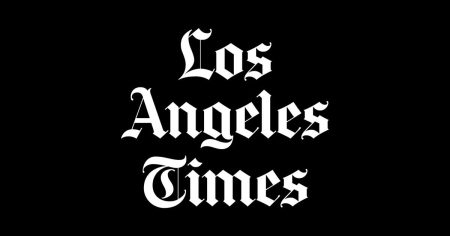In a recent announcement that has sent shockwaves through the federal workforce, Elon Musk, in his capacity as a key figure in the Trump administration, has issued a directive that could potentially lead to the termination of federal employees who fail to respond to an upcoming email. This email will inquire about their activities over the past week while on the clock. Musk, known for his direct communication style, made this threat public via X, a social media platform. He stated that failure to reply would be interpreted as resignation, aligning the move with President Trump’s broader efforts to shape federal workforce practices. This bold step raises significant questions about its enforceability under U.S. labor laws, which are designed to protect employees from arbitrary dismissal. Legal experts are scrutinizing whether this action violates employee rights, especially given the collective bargaining agreements in place for many federal workers.
One critical aspect of this situation is the legal framework governing federal employment. Labor laws in the U.S. are structured to prevent unjust termination, often requiring employers to demonstrate “just cause” for such actions, particularly in unionized environments. Federal employees are often members of unions, which provide an additional layer of protection. These unions are likely to challenge Musk’s directive vigorously, as it contradicts established protocols for termination. History illustrates that when the Trump administration, with Musk’s involvement, attempted to place 2,200 USAID employees on paid leave, unions swiftly filed lawsuits, resulting in a temporary restraining order. Although this order was later reversed, it highlights the readiness of unions to defend their members’ rights. This precedent suggests that any large-scale termination based on non-response to Musk’s email would face intense legal opposition.
The unions’ stance is a crucial factor in this scenario. Organized labor has historically played a significant role in protecting federal employees, and this situation appears to be no exception. Unions are already engaged in litigation against the Department of Government Efficiency (DOGE) and the Trump administration, challenging what they view as heavy-handed approaches to workforce management. Their argument centers on the unconstitutional nature of such actions and the harm they cause to employees. While Judge Carl J. Nichols, a Trump appointee, initially rejected claims of irreparable harm to USAID workers, he acknowledged that this assessment could evolve as the situation unfolds. This legal backdrop indicates that Musk’s threat is likely to face formidable opposition from unions, ensuring that any dismissals would not go unchallenged.
In a related development, Musk has expressed interest in a proposal by James Fishback, known as the “DOGE dividend,” which suggests distributing $5,000 stimulus checks to U.S. households using funds saved by the department. This idea, while intriguing, has sparked debate. Musk’s cautious response, indicating he would consult with President Trump, reflects the political and financial complexities involved. Fishback’s heated exchange with CNN host Michael Smerconish underscores the controversial nature of such a proposal, highlighting the challenges in implementing unconventional economic policies within the federal framework.
Amidst these professional developments, Musk is also navigating personal legal challenges. Ashley St. Clair, who claims to be the mother of Musk’s child, has filed a paternity and custody lawsuit in New York. The court documents include a photo of Musk holding the infant, as well as text messages exchanged after the child’s birth. St. Clair seeks full custody and a paternity test, adding another layer of complexity to Musk’s already tumultuous personal life. This legal matter may divert Musk’s attention and could potentially influence his decision-making in his professional roles.
In conclusion, Musk’s directive to federal employees, while attention-grabbing, raises significant legal and practical questions. The interplay between labor laws, union responses, and prior legal precedents suggests that this policy may not withstand legal scrutiny. Additionally, the broader context of workforce reductions and controversial economic proposals paints a picture of a federal administration navigating uncharted territory. As this situation evolves, it will be crucial to monitor the legal challenges and the responses from both employees and unions.









